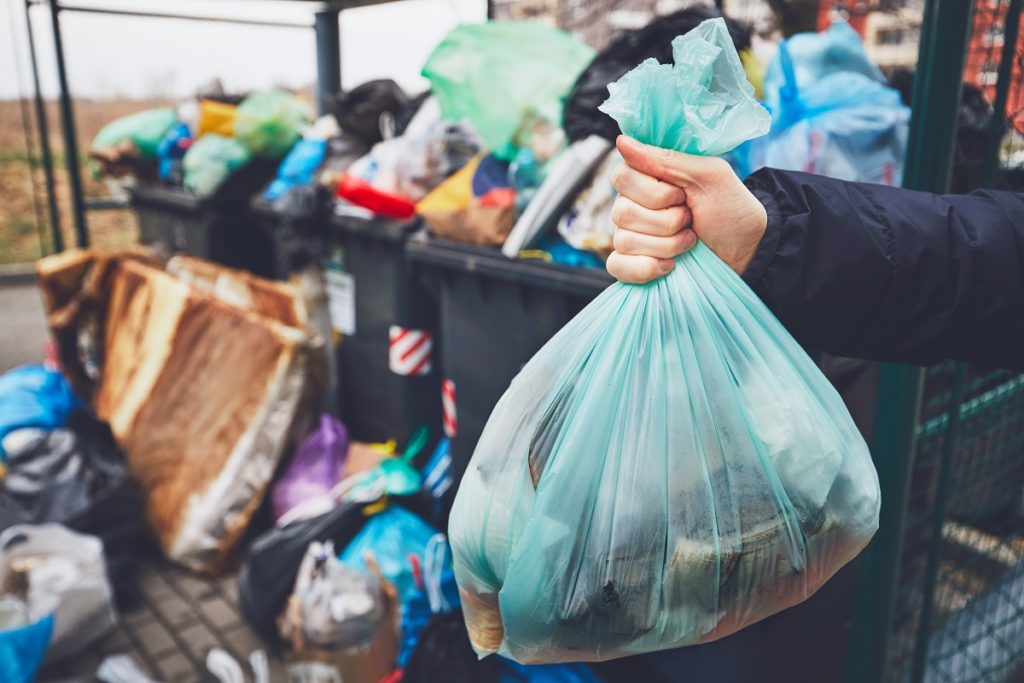New Zealand is known and highly praised for its majestic landscapes and clean air, but beneath all the country’s splendor is a grave problem that they share with many other countries: plastic pollution.
ValueChampion, a consumer research website in Singapore, conducted a study ranking green Asia-Pacific countries. New Zealand topped the ranks for air quality and green space, but this remarkable achievement is thwarted by their plastic consumption, ranking second to last for plastic waste reduction.
The Gravity of NZ’s Plastic Problem
New Zealand’s plastic problem is extremely severe, so much that the country has become “the most perilous place for seabirds,” according to research presented to their parliament. Ironically, New Zealand is also deemed the seabird capital of the world, breeding the largest number of species at 36. Mexico is a far second with only 5.
But the plastic waste polluting New Zealand’s oceans are threatening the lives of their seabirds, which are vulnerable to consuming plastic since they are surface feeders, meaning they hunt for food in the air and immediately swallow it before realising their mistake. As a result, seabird chicks and adults starve to death with their stomachs filled with more plastic than real food.
In addition to seabirds, turtles are also found to be severely affected by plastic pollution. Conservation group Forest & Bird found that 1 in 3 turtles in the country is found sick or dead due to consuming plastic. Seals and sea lions are also at risk of having the same problem.
With plastic accounting for 78% of New Zealand’s ocean pollution, drastic measures really need to be taken to lift the problem. The government is looking to ban single-use plastic, and fortunately, retailers and supermarkets are cooperating. But what about smaller businesses and other industries?

Ways For Businesses to Reduce Plastic Pollution
The 3Rs “reduce, reuse, and recycle” are probably heard by business owners and consumers countless of times already, yet only a few actually practice them. To implement this solution, start by identifying plastic that isn’t essential, then take them out and develop a plan on how to maximise the use of the packaging you have, and what recycling route will you take.
Investing in an efficient plastic waste baling machine is an excellent way for businesses to recycle plastic. They should also cooperate with waste contractors to ensure that the plastic they’re disposing and recycling is headed to a sustainable route. Segregation must begin in the business’s headquarters. Rubbish bins must be separated according to their proper classification. (biodegradable and non-biodegradable)
Before eliminating plastic packaging altogether, ensure that the alternative material you’re going to use won’t leave the same amount of carbon footprint, or end up as waste just as bad as plastic. Consider the life cycle of the new packaging — what will happen it at the end of its life? By thoroughly studying a product’s life cycle, you can find out its overall environmental impact.
Don’t limit your solutions to just ocean pollution. Plastic also accelerates climate change, which is a greater threat to all forms of wildlife and to humans. Implement green solutions that will encompass the general pollution problem.
Get your consumers to participate as well. Consider charging them extra when they ask for a takeaway single-use packaging. That way, they’ll be urged to switch to reusable packaging to continue availing your products without paying more.
Reducing plastic waste is not at all difficult and costly. If more corporations begin to realise how much more they’d prosper from employing sustainable methods, the plastic pollution problem can be wiped out faster. Thus, set an example, no matter how small your business might be. After all, a wave of change always begins with a ripple.

